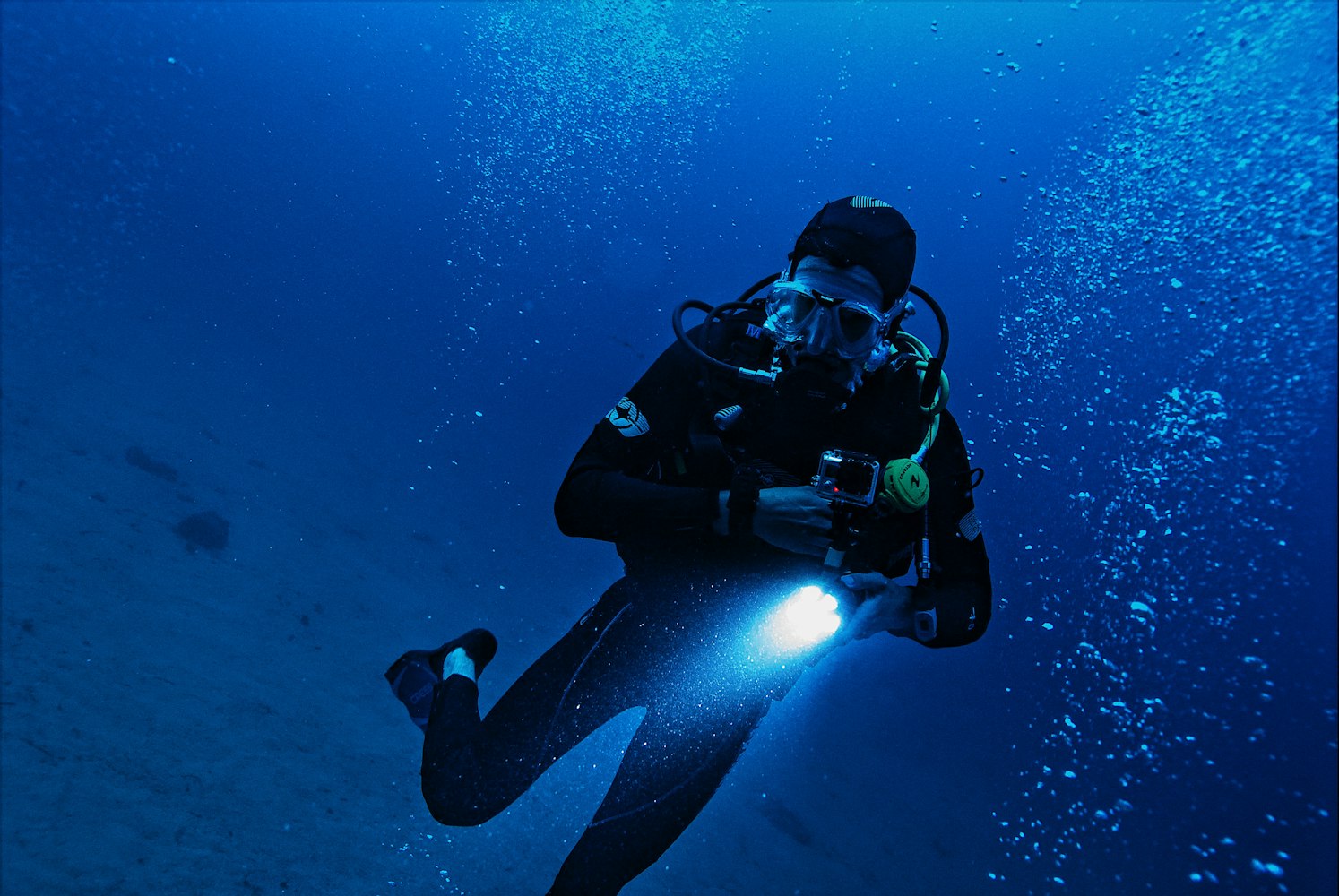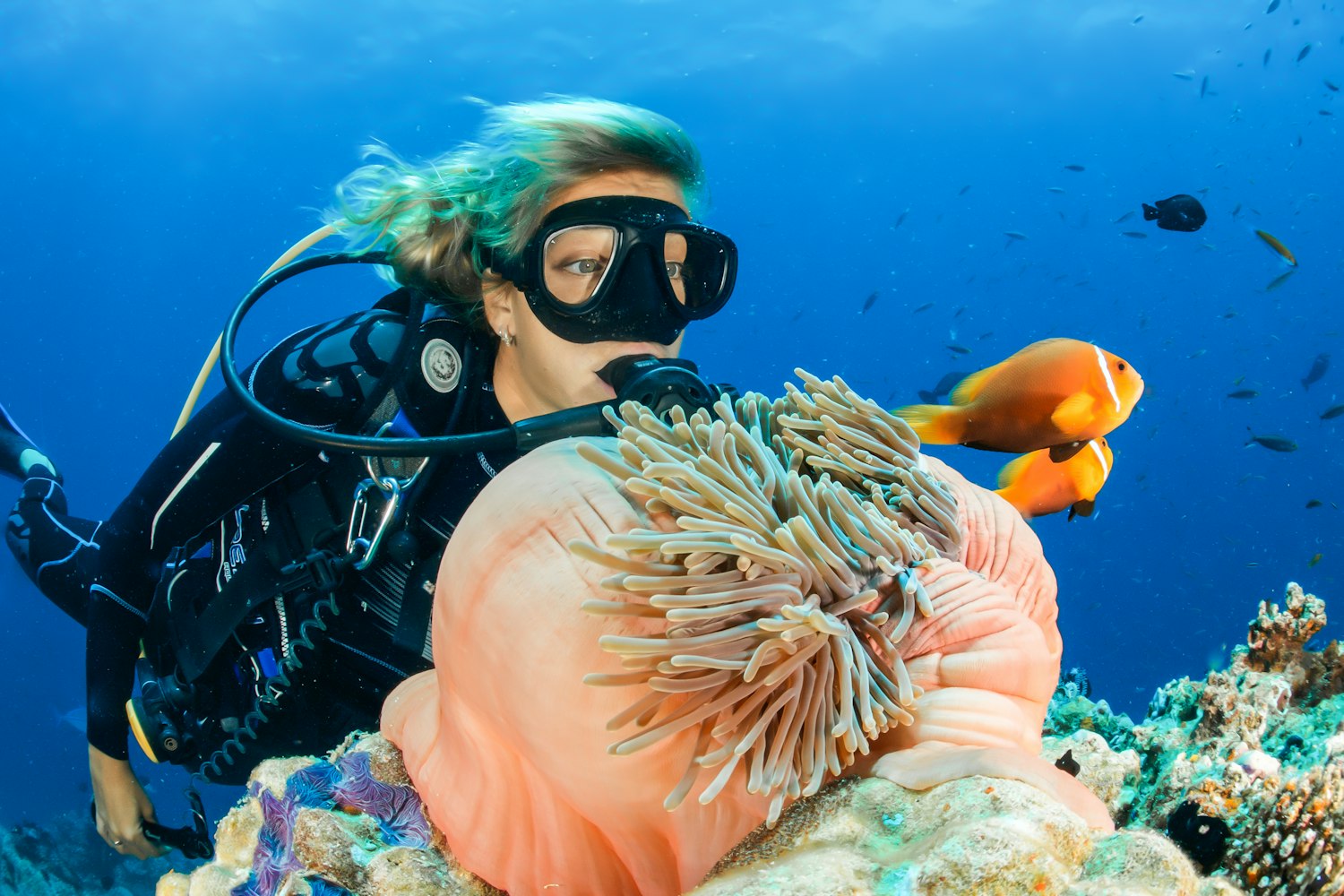*This post may contain affiliate links. As an Amazon Associate we earn from qualifying purchases.
The death of a loved one is not just a time to mourn. Death also allows us the opportunity to celebrate a loved one’s life. A memorial to that loved one is also an opportunity to show what they valued to the rest of the world. Neptune Memorial Reef is a unique alternative to a traditional cemetery that’s ideal for the burial of a loved one who appreciated nature and the ocean.
What Is Neptune Memorial Reef?
A Unique Memorial
Neptune Memorial Reef is a one-of-a-kind underwater memorial for loved ones who have passed on. It is a new take on the columbarium — a location for the preservation of funeral urns. The usual location for columbaria is a cemetery. Besides columbaria, the ashes of loved ones have also been scattered at sea or in locations the loved one enjoyed during life. Neptune Memorial Reef adds to that list with underwater columbaria.
An undersea columbarium provides a specific location for loved ones’ remains that adds to the ocean ecosystem. Unlike a typical scattering at sea, Neptune Memorial Reef allows cremated remains to be mixed with concrete and used as part of a home for fish, coral, and other underwater wildlife.
Green Burial
Neptune Memorial Reef is a location for green burial. Green burial is a type of burial that benefits the environment while serving as a memorial for a loved one. Neptune Memorial Reef includes the concrete mixed with a loved one’s remains in the construction of a man-made reef. When it is complete, the reef will include the remains of over 100,000 people.
This vast underwater columbarium will cover over 16 acres of ocean floor off the coast of Miami that was once a “dead zone” for sea life. Since the initial building phases of this unique columbaria in 2007, coral has begun to grow on the cement substrate, making it an official coral reef. Along with the coral, fish and other creatures that require a coral reef environment have returned to this area that was once a barren part of the ocean.
Atlantis Recreated
Artist Kim Bradwell designed Neptune Memorial Reef. It follows a traditional cemetery layout, including roads and benches. This layout allows family members and friends to visit the location of their loved one’s cremated remains via scuba diving.
This reef city is designed as a representation of the lost city of Atlantis. Concrete, bronze, and steel were used for carved lions, gates, and statues mirroring the ruins of Atlantis. Permitted by the National Oceanic and Atmospheric Administration, the Environmental Protection Agency, the Army Corps of Engineers, and the Florida Fish and Wildlife Conservation Commission, this design will last for generations.
Neptune Memorial Reef Location
image source: Unsplash
Location in Florida
Neptune Memorial Reef is located a little over three miles from the coast of Miami. This location makes it a quick boat ride for many residents and visitors to southern Florida. The location is roughly fifteen minutes from Key Biscayne by boat.
Due to its location near a major city, loved ones may easily access the site after a direct flight from most major cities in the United States. The memorial can be conveniently accessed from the city by many boat operators.
Memorial Reef Placement
The concept of a memorial reef is very unique. This man-made reef was not placed without thought. A long permitting process ensures that the memorial will stand for centuries.
The structures are meant to withstand the force of the most powerful hurricane in the decade prior to the building of the memorial. Florida is the site of yearly hurricanes; to serve as a location for a rich ecosystem and a resilient man-made reef, Neptune Memorial Reef’s designers needed to prove that it was very stable.
In 1992, Hurricane Andrew struck the Florida coast and did a considerable amount of damage. During this time, the Neptune Memorial Reef was just beginning the permitting process. Rather than dissuade its designers, Hurricane Andrew provided a test of the structures. This test gave the developers of the reef a sense of what they could expect in the future, providing a baseline for their development and assurance that the reef will stand for generations.
A South Florida Ecosystem
Operations director Jim Hustler said Neptune Memorial Reef is “the most prolific reef in south Florida.” A 2012 survey of the ecosystem found 195 coral colonies in the reef. Bluehead wrasse, sergeant majors, and bar jacks were the most commonly sighted fish, but many other fish were also tallied.
As a man-made reef, Neptune Memorial Reef was intended as a fertile ground for coral and the fish and other wildlife that come with it. The reef was designed with vertical and horizontal surfaces. Hiding spaces were created in both cement and metal structures to create a habitat for predator and prey species; a balance of both of these types of species is necessary for a rich ecosystem. The 2012 survey showed that this balance has been developed, demonstrating that the environmental purpose of the reef already is being fulfilled.
Neptune Memorial Reef Activities
image source: Unsplash
Visiting Loved Ones
The primary purpose of Neptune Memorial Reef is serving as a new type of columbarium. Due to this purpose, many people visit the reef with the memorial of a loved one in mind.
Neptune Memorial Reef is especially suited to memorializing a loved one who enjoyed scuba diving or researched underwater ecosystems. One drawback to choosing Neptune Memorial Reef as a resting place is that, in order to access the memorial, visitors must dive over 40 feet to the ocean floor. Many people will not be able to make this journey.
For those who are not skilled at diving, there are options for visiting the memorial. Many people swim and snorkel at the site. Diving classes are available in Miami with the explicit purpose of visiting the memorial. Loved ones can also be memorialized from the surface with a boat ride to the site and scattering flowers in the water.
Even with these options, though, the ideal way to visit loved ones at the reef is diving into the Atlantis-inspired city. This creates an otherworldly experience that helps make a visit to the loved one’s resting place truly unforgettable. Plaques placed with the cement structure or statue chosen for the individual include the name and dates for the person who has passed on, making it easy to locate their special spot in the reef.
Diving and Snorkeling
You don’t have to have a loved one at the Neptune Memorial Reef in order to visit, however. The reef is open to the public. The design of the memorial is so special that many people will be interested in exploring the underwater city without being disturbed because it’s also a unique columbarium.
The reef is very close to Miami and Key Biscayne. This makes it a great place for new scuba divers to have the experience of visiting a vibrant coral reef without traveling far from convenient tourist areas on land. Sea turtles, rays, sea urchins and other tropical fish often are seen in the area. It is an ideal site for southern Florida scuba diving.
One activity that is banned at the reef is fishing, however. Since many people enjoy boat rides and sea fishing near southern Florida, it’s important to understand that this sport can’t be combined with a visit to the reef.
Research
Scientists and students also visit Neptune Memorial Reef. Man-made coral reefs are a new development and research is needed in order to understand their growth in the long-term. For this reason, among others, the reef is open to those studying coral reefs and related topics.
In addition to its value for studying man-made reefs, Neptune Memorial reef provides plenty of sea life to study. Five types of coral inhabit the reef, including cleractinith corals. Keystone grazing and long-spined sea urchins, green and Atlantic rays, sponges, sea tomatoes, and sea turtles are also available for study. 56 types of fish have been counted in the reef, including angelfish, bar jacks, bluehead wrasse, coral parrotfish, filefish, pufferfish, rainbow parrotfish, sergeant majors, and trunkfish.
Researchers who visit the reef understand that it is a place of meditation for remembering the dead. They are respectful of this and do not disturb this aspect of the reef. This quiet and protective aspect contributes to their research as well. It allows the study of a coral reef in a nearly undisturbed environment rather than a reef crowded by vacationers.
Conclusion
Many people are turning away from burial traditions of years past. There is a trend toward burial that reflects the lives of those who have passed away while making the world better for others. The green burial movement brings the option of strengthening the environment as well as creating a unique place in the world after death. Neptune Memorial Reef is an example of this new type of memorializing those who have passed on. It’s a life-filled place to remember family members for generations to come.



